All Hat and No Cattle
 Tuesday, November 15, 2011 at 9:55PM Tweet
Tuesday, November 15, 2011 at 9:55PM Tweet By Bennett Owen
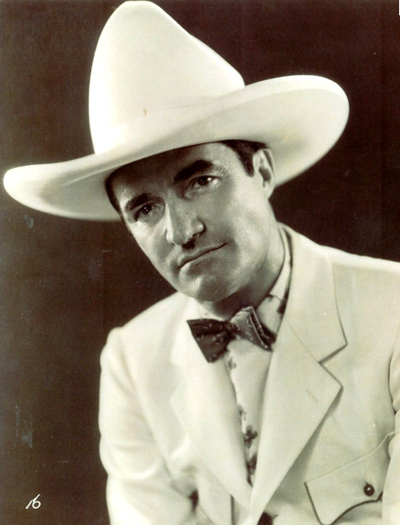 Tom Mix, 1931. Credit: the circus blog
Tom Mix, 1931. Credit: the circus blog
Five things you probably didn’t know about Cowboy Hats –
- The high crown serves a purpose, trapping a layer of insulating air above the head.
- The original Stetsons sold for five dollars in 1865.
- The official flag of Calgary, Canada features a cowboy hat.
- A 10-gallon hat holds about three quarts of water.
- It’s considered bad luck to leave a cowboy hat on a bed.
 Credit: Newworld encyclopedia
Credit: Newworld encyclopedia
One of my favorite Rick O’Shay cartoons featured Rick and his cowboy hat in action. In one frame he fans the flames of a campfire. In another he uses it as a dipper for creek water. It shields him from the sun, keeps him dry in a cloudburst, helps him round up ornery cattle. And when Rick returns to town, a ‘city slicker’ comments that ‘those hats are just for show.’ Well, if there’s no telltale ring of sweat the city slicker is probably right.
One theory of cowboy hat evolution traces back to the Vaqueros of Mexico with their broad-brimmed hats and sombreros. They favored a high peaked crown and the brim was measured in ‘galleons’, which the American cowpunchers soon distorted to ‘gallon.’ Hence Tom Mix’s 10 Gallon Hat… a model made purely for the movies.
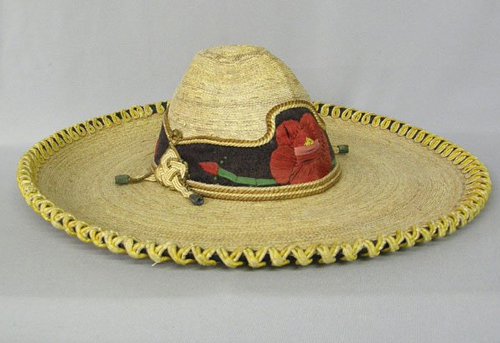 Credit: liveauctioneers
Credit: liveauctioneers
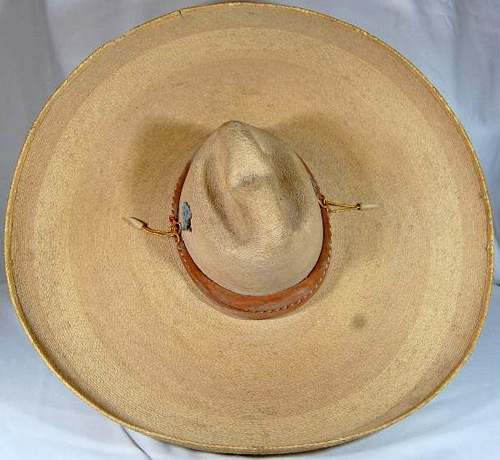 Credit: liveauctioneers
Credit: liveauctioneers
Cowboys in the early west were essentially lowlifes on a totem pole of rank and privilege that put the ‘cattleman’ up top, followed by his foreman, referred to as ‘Top Hand.’ Cowboys of the antebellum west tended to be drifters and malcontents who wore any kind of cover that would keep the sun out of their eyes. One turn of the century newspaper mogul even anointed the bowler as ‘the hat that won the west.’
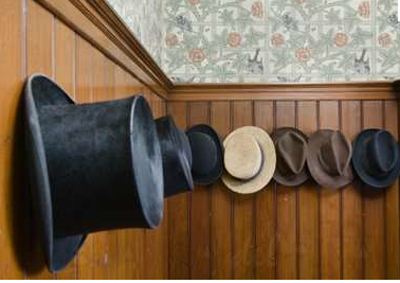 Credit: consombrero
Credit: consombrero
Once the cowboy hat gained popularity, lawmen like Bat Masterson and Wyatt Earp saw it as a signal of trouble waiting to happen.
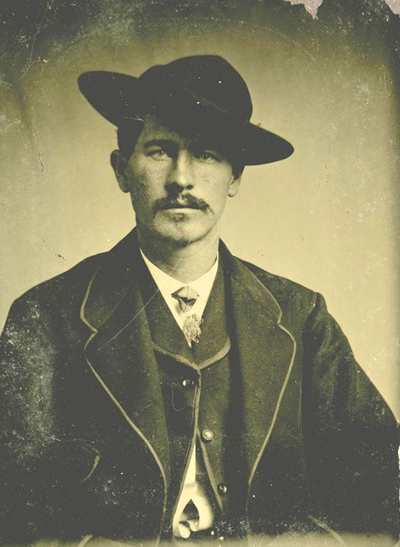 Credit: kpbs and the Craig Foults Collection
Credit: kpbs and the Craig Foults Collection
Another vein of hat history takes us to the gold fields of Colorado and a young man named John B. Stetson and even this story has multiple interpretations. In one version Stetson fashioned a hat from a Beaver pelt to shelter him from the elements while panning for gold. Another has him bragging to fellow prospectors that he could ‘make cloth out of fur without weaving. ‘
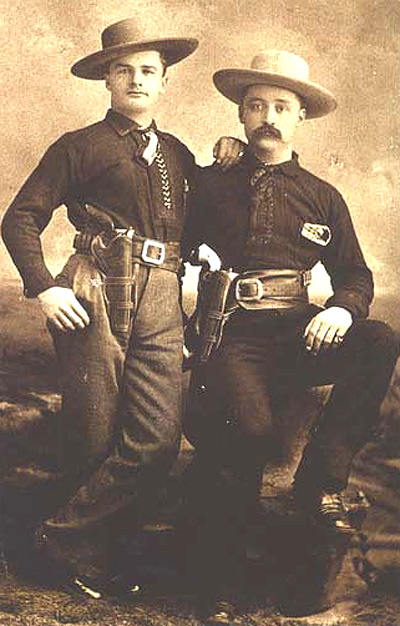 Credit: thelastbestwest
Credit: thelastbestwest
What is certain is that the first Stetson hats were sold in Colorado in 1865 and the single model was called the “Boss of the Plains.” It sold for five dollars and became THE prototype for all cowboy hats to follow. The Montgomery Ward catalogue fanned the hat’s popularity and by 1886 Stetson was the world’s biggest hat maker. The rest is what legends are made of.
 Credit: My-West.com ©
Credit: My-West.com ©
Credit: My-West.com ©
Western wear has its own mystique and Calgary, Canada hands out exquisite white hats to visiting dignitaries. We mention this only because it gives us a reason to show the Duchess of Cambridge wearing one. I mean, how often do we have the chance at My-West?
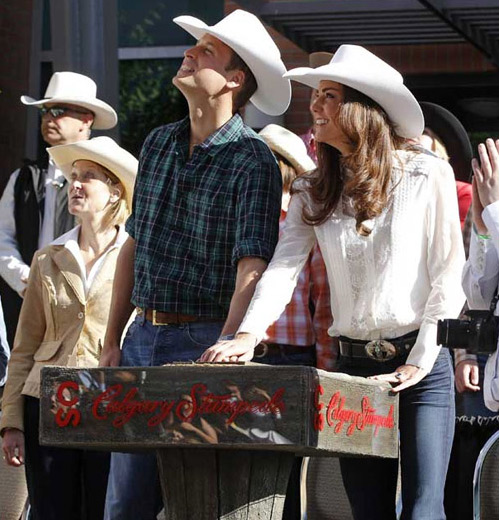 Credit: Pacific Coast News
Credit: Pacific Coast News






